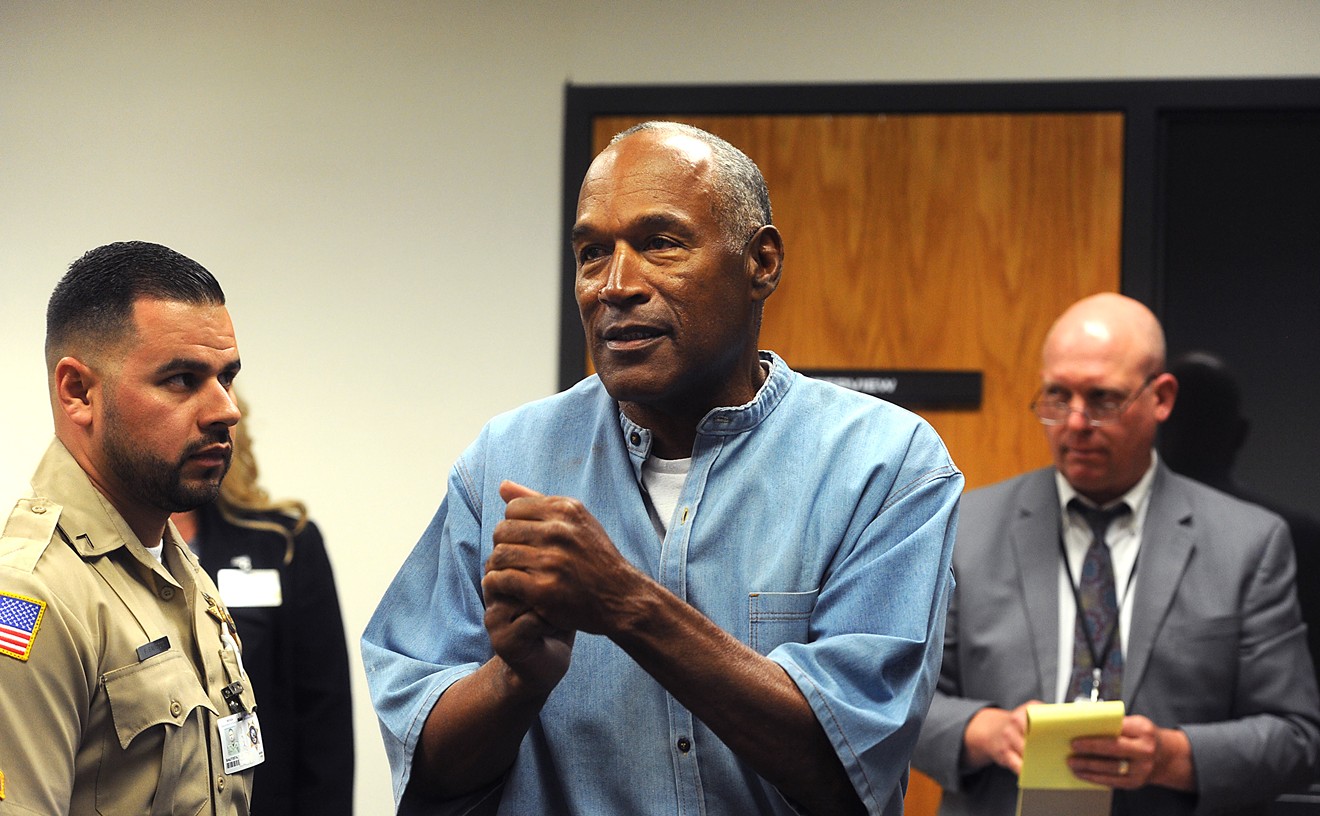With the February designation of the Ocean Beach Historic District -- which encompasses roughly the area south of Sixth Street -- the structure, and most others in the neighborhood, acquired protection from the rapacious instincts of modern developers. The designation made it difficult for property owners to make changes to their buildings, and prohibited (in almost all cases) demolition.
Supposedly.
This past week a wrecking ball reduced the pharmacy to a heap of rubble and twisted rebar. A City of Miami Beach inspector had mistakenly issued the developer a permit to do the deed. Demolitionwise, it was about as unlikely -- and astonishing -- as the 1987 flight of that rogue teenage West German pilot, Mathias Rust, who managed to drift through the Soviet Union's air defenses and land his light aircraft in Red Square.
"It's pathetic," sighs Miami Beach Commissioner Nancy Liebman, long an advocate of historic preservation, echoing the sentiment commonly held among preservationists. "The city lost another good building."
The firm that owned the property had been wanting to get rid of the edifice for some time. In May 1995, well before the commission created the Ocean Beach Historic District, the group, Burmon Investment Inc., won approval from the Miami Beach Design Review Board to knock down the pharmacy and construct an office building and parking lot on the site, located at the corner of Fifth Street and Meridian Avenue. The firm's partners had a year to pull a demolition permit and get to work. Because there was no historic designation attached to the property, preservationists could only try to appeal to the partners' civic consciousness and ask them to spare the structure. "I pleaded to the developer to try to incorporate part of the building into his plans, but he didn't. Not even a door frame," grumbles William Cary, the city's historic preservation coordinator. "We were really trying to save it."
Earlier this year, the building seemingly got a second chance: Burmon Investment's design-review approval expired in May -- before it had the requisite demolition permit. By then the historic district was in place and the building had been recognized as a so-called contributing structure, protecting it from demolition unless the owner can satisfy a series of criteria that prove it is historically insignificant or unsafe. (According to Cary, 805 Fifth St. was neither. It was one of only three surviving Beach buildings designed by architect Walter DeGarmo, who also did a lot of work in Coral Gables. "He was the master of revival architecture," Cary says. Furthermore, the preservationist notes, the building was "fully inhabited" and structurally sound.)
The Burmon partners still could have applied for an extension during which they could pull their permits, but it wouldn't have been easy. They'd have had to genuflect before the joint Design Review/Historic Preservation Board, a panel of appointed citizens that determines whether there is sufficient cause to grant an extension. (According to Miami Beach senior planner Thomas Mooney, the city code doesn't specifically define the meaning of "sufficient cause," but past extensions have been granted for a number of reasons, including a developer's inability to secure adequate financing or the necessary permits.)
But instead they tried another tack: In October one of their contractors applied for a demolition permit, as if it were nothing out of the ordinary.
And along came the hapless Daniel Abia.
Abia is a senior engineering inspector in the city's building department. The demolition application was forwarded to him, and he approved it. It was the first demolition permit he'd handled in the South Beach area, he says, and he processed it just like countless others for properties throughout the city -- with no regard for historic designation. "I wasn't aware some of the buildings in South Beach have to go through the Design Review Board," Abia says. "Somewhere along the line that information wasn't filtered down to me."
Abia did make the demolition contractor jump through all the requisite hoops: disconnect the gas, exterminate, remove asbestos, pay off any city liens, and so on. "The guy did all that and I had nothing left, to the best of my knowledge, so I gave the demolition permit," the inspector recalls. The permit was approved on November 15. A demolition company leveled the building four days later, on November 19. Says Abia: "I'm sorry about it." According to Philip Azan, director of the Miami Beach Building Department and Abia's boss, every request for demolition south of Seventeenth Street is supposed to be screened by the city's Planning, Design, and Historic Preservation Division to ensure there are no restrictions on demolition -- such as a historic designation or an expired design-review approval. "That didn't happen," he admits. "That's the chink in the armor. That's where we let down our guard, so to speak." He adds that he is not considering any disciplinary action against Abia "at this time."
As for the fortunate partners of Burmon Investment Inc., they appear to be free and clear. "It would seem to me that because the property owner was issued a legal demolition permit, I don't know if the city [can demand] restitution," comments senior planner Thomas Mooney.
According to William Cary, the property owners' chances of securing an extension from the joint Design Review/Historic Preservation Board "would have been close to nil. I don't think there would've been a snowball's chance in Hell of that happening," he mutters.
"I'm extremely disgusted," continues the historic preservation coordinator, who was on vacation near Tampa when the demolition occurred. "The developer knew exactly what he was doing. I just think it's really unfortunate when someone knowingly and intentionally exploits a loophole and in doing so unravels the very reason people come to Miami Beach."
Dr. Rafael Burgos, Sr., one of the partners in Burmon Investment, Inc., and the owner of the clinic that once occupied the site, is smug. "The city gave the permit," he says with a laugh. "If the people want to preserve the building, they can put it back together tomorrow." Did he know the building was historically significant? "I don't know anything," he replies, then adds, "Ponce de Leon was a tenant in the building, you know that? You also know who was there? Christopher Columbus! And the Indians first. The Seminoles owned this piece of land -- they had their main office there!"
There's plenty of irony in the fact that the building was flattened right in the middle of a celebrated historic district. But there's even more to it than that: As the dust settled at the corner of Fifth and Meridian, just half a mile away a little ceremony was under way. There, at the intersection of Tenth Street and Washington Avenue, preservationists and several of the city's elected officials had gathered to rename Tenth Street in honor of a historic Miami Beach figure. The honoree? The late Barbara Baer Capitman, founder of the Beach's historic preservation movement.










